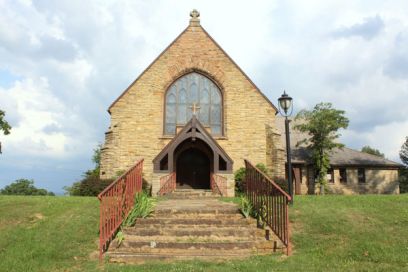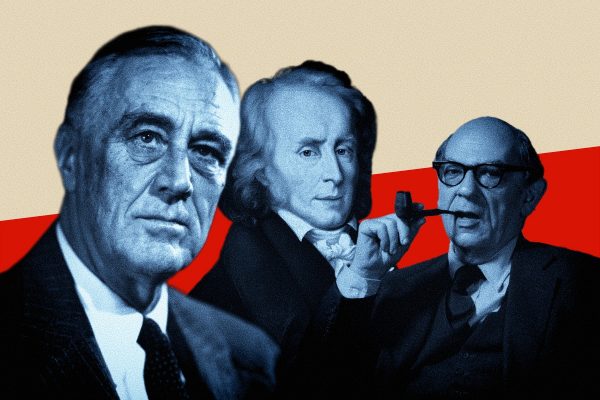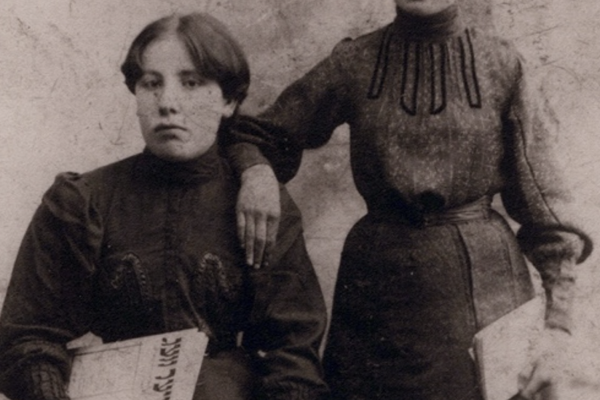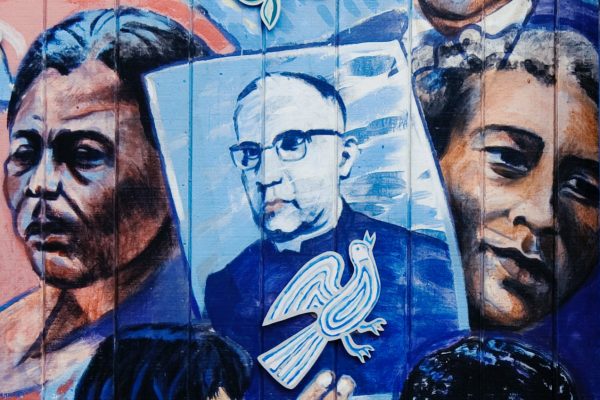In 2002, then-Berkeley (now-NYU) sociologist Michael Hout and I published a paper pointing out a new trend in Americans’ religious identity: A rapidly increasing proportion of survey respondents answered “no religion” when asked questions such as “What is your religious preference? Is it Protestant, Catholic, Jewish, some other religion, or no religion?” In the 1991 General Social Survey, about 7 percent answered no religion and in the 2000 GSS, 14 percent did. [1] We explained the trend this way:
the increase was not connected to a loss of religious piety, [but] it was connected to politics. In the 1990s many people who had weak attachments to religion and either moderate or liberal political views found themselves at odds with the conservative political agenda of the Christian Right and reacted by renouncing their weak attachment to organized religion.
If that is what religion is, most of the “Nones” seemed to be saying, count me out.
In the years since, the trend has continued, Nones reaching 20 percent in the 2012 GSS. And a good deal of research has also accumulated on the topic (some of it reported in an earlier post). Notably, Robert Putnam and David Campbell refined our argument in their 2010 book, American Grace, pointing more sharply to lifestyle issues as the triggers for Americans declaring no religious identity.
Mike and I have just published a paper in Sociological Science updating the trend over an additional dozen years, applying new methods to the trend, and retesting explanations for the rise in Nones. We—actually it is 90 percent Mike’s work—find that our earlier account stands up even more strongly.
It is Not About Declining Belief
Here is the overall trend, the percentage of GSS respondents answering “no religion,” from 1972 through 2012:
This is a big change. If it were driven by loss of faith, we would expect to see indicators of religious belief moving roughly the same way. They have not. Americans’ answers to questions about their belief in God, in life after death, and the like are essentially steady over the same period. The percentage of self-declared agnostics and atheists has moved little and remains in the single digits. What has really increased is the percentage of what we called “unchurched believers”—people who say “no religion” but also say that they believe in God or report, say, praying at least weekly (as 37 percent of the Nones in 2012 did).
What we saw in 2002 and see even more now is that the declaration of no religion has much more to do with rejecting the church than with rejecting the faith. An illustration of the logic comes from the well-known neurosurgeon and conservative political speaker, Dr. Ben Carlson, who told C-Span’s After Words show, “I would say I am not deeply religious but I have a strong relationship with God. There is a difference. . . . Religion tends to be more form and faith tends to be more substance. And in the name of religion a lot really silly stuff has been carried out. . .”
Political Backlash
The political angle is evident in the figure below. It shows the trend in declaring oneself as having no religion according the respondents’ declarations of political ideology — for those who called themselves liberal (blue), or slightly liberal (purple), and so on. Although liberals were always more likely to be Nones than were other Americans, the gap widened greatly starting in the 1990s and even self-described moderates increasingly rejected a religious identity then. The “no religion” trend is minimal among conservatives.
Generational Culture War
Substantially starting with Baby Boomers (born 1945 through 1964), each succeeding generation has been likelier than the one before to answer “no religion.” Most of the quarter-century increase in Nones—we estimate two-thirds of it—is accounted for by older, affiliated Americans dying and being replaced by younger Americans who declare no religion.
What is it about being born later in the twentieth century that explains this generational or “cohort” pattern? Here is how we (actually, Mike) compared the loss-of-faith explanation—that later cohorts less often declare a religious affiliation because they are less often believers—to a cultural politics explanation—that the later-born less often declare an affiliation because they tend to reject conservative positions on lifestyle morality (premarital sex, homosexuality, marijuana) and on valuing personal autonomy. [2] The statistical analysis revealed that, other things being equal, generational differences on lifestyle issues and, to a lesser extent, generational differences in valuing individual autonomy explain generational differences in declaring oneself of no religion. In contrast, generational differences in belief add nothing to explaining the cohort differences in affiliation.
These results join with the political patterns shown earlier to support this conclusion: The specific, religiously-inflected politics that alienated more recently-born moderate and liberal Americans from the church were the politics of personal morality (rather than the politics of, for example, inequality or foreign policy). Thus, political polarization around the culture wars seems to have driven the rise of the Nones.
Chicken or Egg?
However, one can challenge that conclusion by reversing it, asking whether alienation from religion—becoming a None—came first and drove those people to the cultural and political left. Here, we turn to new data from the GSS. The GSS interviewed a panel of 1,300 American adults in 2006, 2008, and 2010 and another panel of about 1,300 in 2008-10-12. These panels allow researchers to see, in effect, which came first: changes in respondents’ political identification as liberals, moderates, or conservatives or changes in whether they claimed a religious identification. The results clearly show that moving to the political left made declaring oneself a “None” much more likely. Strikingly then, many Americans adjusted their religious identities—or at least, their answers to the identity question—to fit their politics.
We conclude:
Once the American public began connecting organized religion to the conservative political agenda—a connection that Republican politicians, abortion activists, and religious leaders all encouraged—many political liberals and moderates who seldom or never attended services quit expressing a religious preference when survey interviewers asked about it.
At the same time as this Nones revolution was under way, Americans’ religious beliefs changed little. In 1988, 64 percent of Americans 25 or more years old told the GSS that they had no doubt God existed; in 2012, 61 percent did. Although loss of faith has not happened yet, barring changes in churches’ public images, the children of the unchurched might easily become not only unchurched but also unbelievers.
[1] In a 1987 paper sociologist Norval Glenn reported a smaller trend in this direction during the 1960s and 1970s, but detected an end to that development in the 1980s.
[2]Mike calculated three indicators of generational “social climate” for each birth cohort: (1) A disbelief measure which combined the percentage born in each year who said they did not believe in God and the percentage who said the Bible was a book of “fables”; (2) a lifestyle morality measure which combined attitudes about premarital sex, homosexuality, and marijuana; and (3) an autonomy measure which drew on answers to a question about what children should be taught, essentially indicating how much respondents born that year favored teaching children to think for themselves rather than to obey. Thus, we know what the prevailing sentiment was for each birth cohort regarding faith, personal morality, and autonomy. Which of these sentiments explains the generational pattern in declaring “no religion”?








